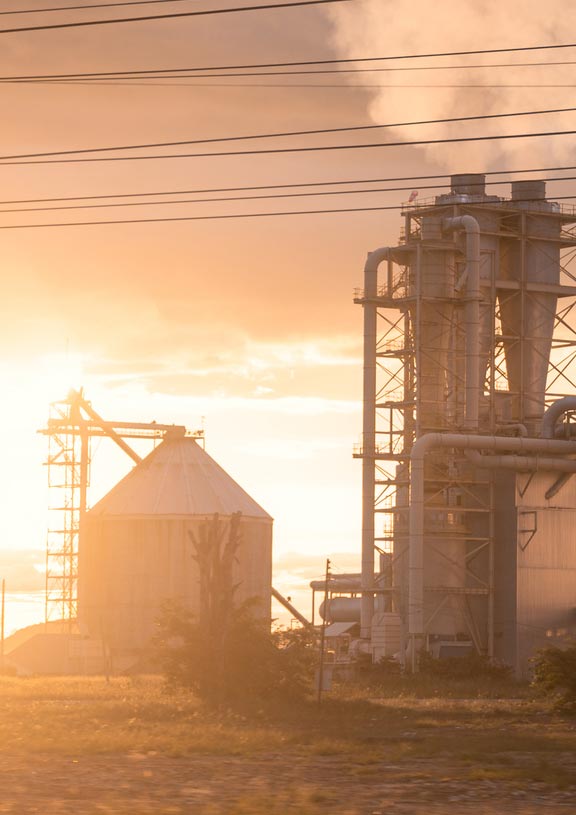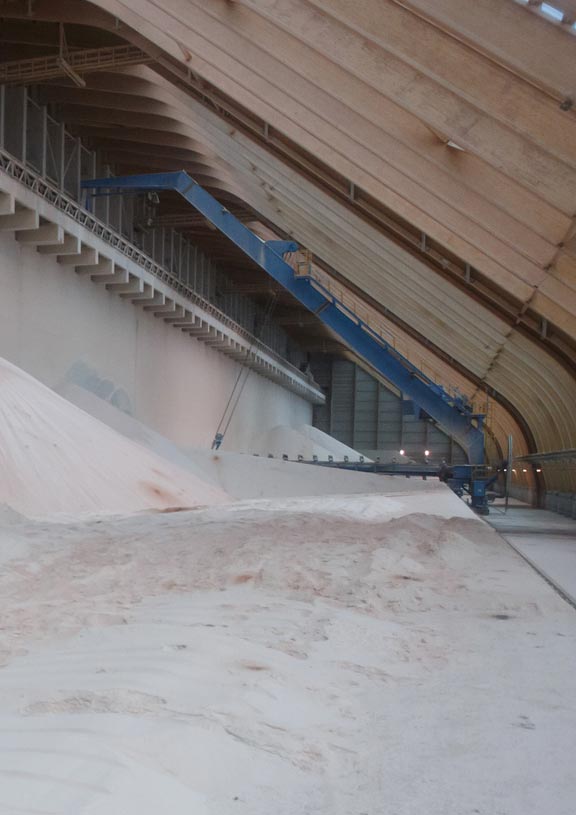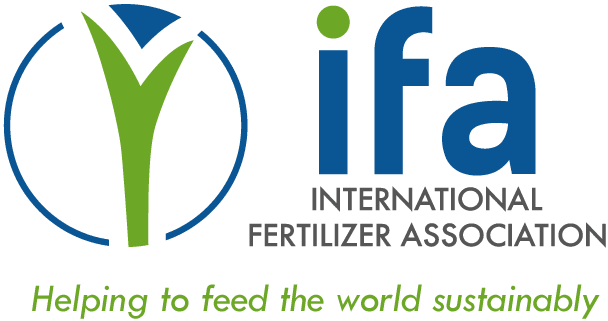Production Emissions
key priorities
The production of fertilizers is emission intensive. It is estimated that 1.3% of global CO2 emissions come from the production of mineral fertilizers.
Through the years, IFA members have been continuously measuring and tracking their environmental footprint to set-up improvement plans and investment priorities to align their performance with the United Nations’ Sustainable Development Goals.
Significant emissions improvements in the N, P and K areas have been achieved over time thanks to a wider spread adoption of environmental mitigation techniques and efficiency improvements globally.
However, these improvements will not be enough to set the fertilizer industry in a path of net-zero by 2050. Significant technology shift will be needed to reach its climate goals.
The production of ammonia, starting point for all mineral nitrogen fertilizers, accounts for roughly 90% of the fertilizer industry’s total energy consumption and about 2% of the world’s total energy consumption. Its production is a carbon emissions and energy-intensive process, relying primarily on natural gas and coal as feed stocks.
The recently published Ammonia Technology Roadmap by the International Energy Agency (IEA) examines three scenarios for the future of the ammonia production:
In the future, it is predicted that the world will need more ammonia to feed a growing population but with fewer emissions. That is why, IFA has partnered with the International Energy Agency (IEA) and the European Bank for Reconstruction and Development (EBRD) to develop a Global Technology Roadmap for the ammonia production. This partnership explores the technologies and strategies necessary for the industry to pursue a pathway towards a more sustainable energy sector and a lower carbon footprint.
An Ammonia Technology Roadmap was published at UN COP 26. It assesses the potential for adoption of near-zero-emission technologies such as green ammonia (electrolysis), blue ammonia (carbon capture and storage or reuse) or turquoise (methane pyrolysis) in different regions and what it would take for these technologies to be cost-competitive at a commercial scale in the near future.


The industry is primed to reach net-zero by 2050 but it will need the support of stakeholders to achieve it.
IFA members around the world are now pioneering these new technologies to produce ammonia entirely from sustainable, carbon-neutral inputs. With a number of pilot projects currently in operation, this massive industry transformation has already started.
